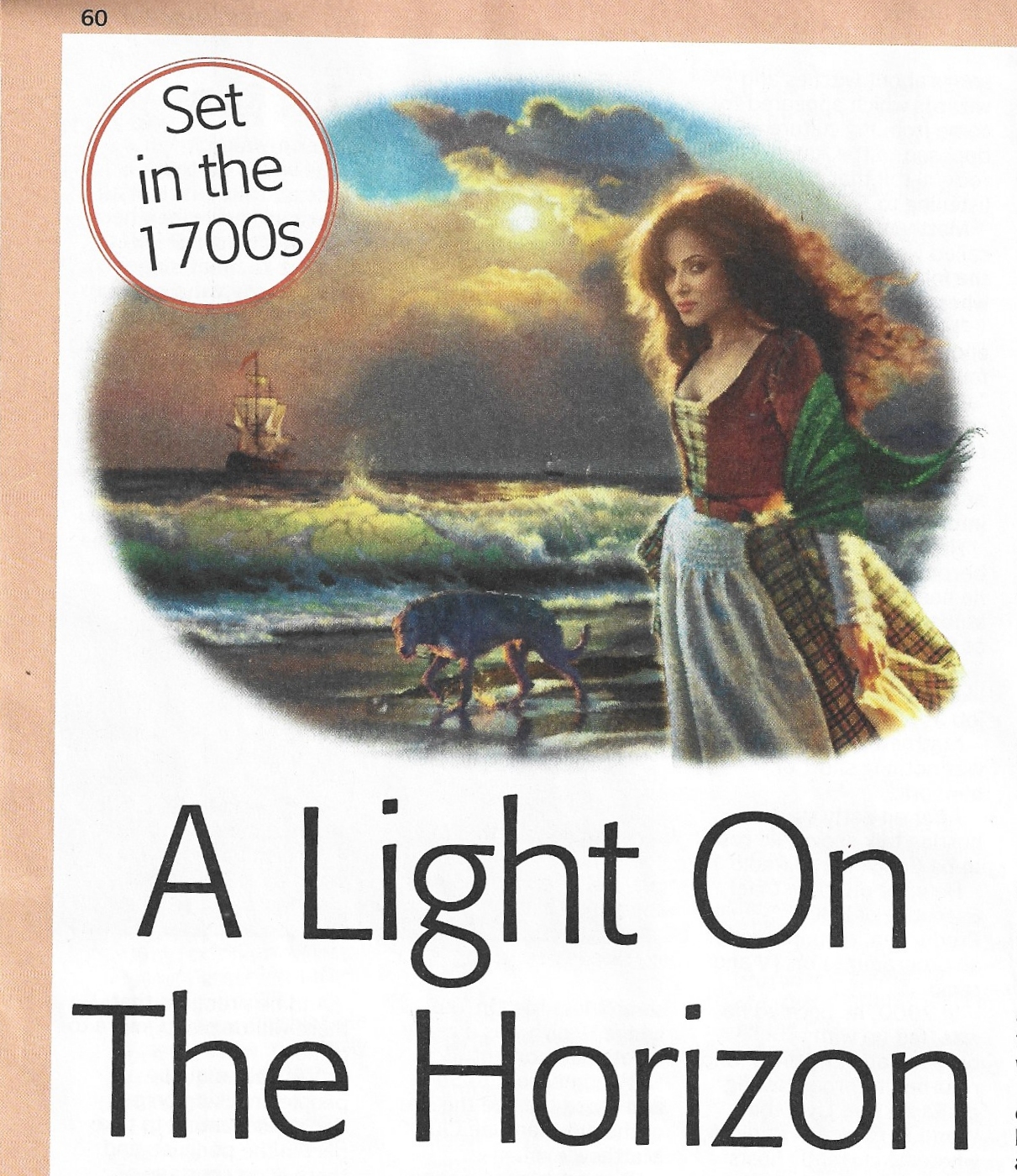With the release of another of my short stories in The People’s Friend magazine, A Light On The Horizon, I’ve decided this blog post will be about my writing process for historical fiction 😊 It’s an adventure romance set on the Norfolk coast with lighthouses, smugglers and a great big storm! Currently available in issue 236 of The People's Friend Special.
 |
| Gorgeous illustration by Mandy Dixon |
 |
| Winterton Lighthouse |
Writing the actual short story means I start with either the opening or ending. I hardly ever begin a work in progress by writing the middle, as that’s the part which normally needs the most work! For A Light On The Horizon, I actually had a bit of a helping hand.
Every Tuesday on Twitter, The People’s Friend magazine hosts
a twitter hour for writers to let them share recent releases as well as try out
writing prompts.
The prompt for one week (ages and ages ago, I cannot even find
it on my feed now) was:
“I never thought
I’d see you again, Jack.”
My tweet response was:
“I never thought
I’d see you again, Jack.”
And yet I do not lower the pistol. We both know he’s with the smugglers.
I decided to incorporate the old prompt for my story, but wanted the confrontation scene to come later. So instead, I changed the opening to the main characters playing a childhood game, to echo what would happen later…
“I know you’ve
sided with the smugglers.”
I kept my weapon
trained on Jack Robinson. He grinned, revealing the gap in his teeth.
“Going to
surrender, Miss High and Mighty?”
“Never!”
Laughing, I took the shot. My slingshot twanged and the pebble flew, striking the rock my friend ducked behind.
My first draft consists of key scenes in the story. Opening
paragraph, ending paragraph, location descriptions and any dramatic scenes.
When I can’t think of anything else, I delve into more
thorough research. I looked into the history of
lighthouse architecture, how the lights were maintained, as well as Winterton’s
history (and I discovered Robinson Crusoe is briefly set along Yarmouth, so I
had to include a small reference in one scene!) I referred to my copies of David
Higgins’ Winterton Remembered and The Winterton Story while
writing this.
 |
| Work in progress. I write a breakdown of each scene. |
Somehow, I managed to do it, after reading how easily a pistol’s powder could get wet if the frizzen was left open, leaving my heroine bluffing her way through a hostage situation.
 |
| Still a work in progress. Text highlighted while I decide whether to keep or delete. A lot of these scenes have changed in my final version. |
Sometimes there’ll be a few blank spots in the story. In a separate Word doc, so I don’t get hung up on editing the already finished text, I finish typing any additional paragraphs and paste them into the main story.
After all this, my word count actually ended up being this
long! 😊 But that’s good!
Better too much than too little, now I just have to figure out how to get it to
The People’s Friend preferred 3k. This is the time I decide what
research to keep. Sentences are snappier, some descriptions are lost, sometimes
even entire characters vanish. By this time, I’m on my fifth/sixth draft.
I’ll then put the story aside for a week or two and work on something else. When I come back to it, I find it easier to spot any errors or don’t feel so bad cutting the word count down.
Finally, I read the story out loud all the way through.
Luckily, I have a family member willing to sit through this. I’ll then make any
suggested changes, do a final proofread and research check and then submit.
And here is the final version of this scene, with any
changes The People’s Friend decided to make to fit their in-house style.
I was really proud of this story, so please check it out!



Hi Kitty-Lydia. I really enjoy and find so interesting to see how as a writer you develop a story. And going back in your loved reading to have inspiration. Thank you for sharing....
ReplyDelete`Growing up, I loved reading fiction which wove lots of historical detail into the narrative`
Claude from oveseas